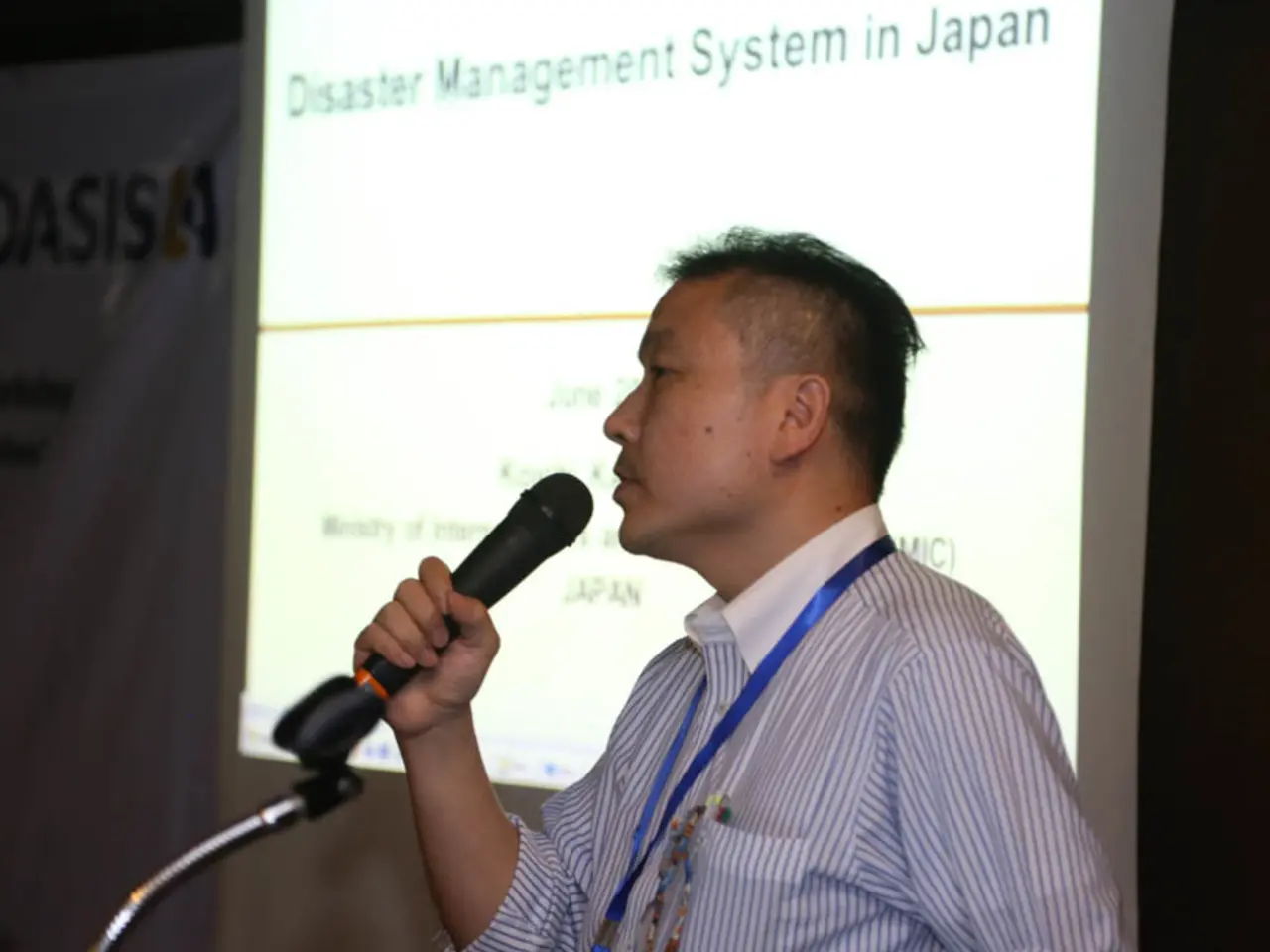Preparing Future Rescuers: The Importance of Schools taking Charge in Emergency Readiness
In the ever-changing world we live in, disaster preparedness is no longer an optional skill but an essential life competency, as critical as reading and science. This is especially true for schools, which often grapple with limited budgets, a lack of trained staff, or a general underestimation of risk.
Effective disaster preparedness training goes beyond lectures; it relies on practice and repetition, such as regular mock drills. A single drill can be the starting point, leading to the establishment of a safety committee, first aid certification, or even a comprehensive school-wide preparedness programme.
Partnerships, national-level training programs, and consistent advocacy for policy integration can help overcome these challenges. For instance, in Japan, earthquake drills are routine, teaching children the essential 'Drop, Cover, and Hold' manoeuvre while following supervised evacuation routes. Similarly, in Pakistan, the National Disaster Management Authority (NDMA) partners with the Red Crescent to train educators in evacuation protocols, first aid, and psychosocial support.
The Pakistani Red Crescent also actively supports schools in Pakistan by training teachers and staff in evacuation procedures, first aid, and psychosocial support, particularly in response to disasters such as floods. However, the specific names of these schools are not detailed in the available information.
Integrating disaster awareness into the curriculum is another effective strategy. Many schools use science, geography, and civics lessons to reinforce preparedness. Knowledge, preparation, and the courage to act are essential for saving lives during emergencies.
Hands-on workshops with fire departments, rescue teams, and paramedics further build confidence, offering demonstrations on CPR, first aid, and fire safety. Mobile alert systems that link directly to families and local emergency teams are used to keep awareness in daily school life.
Emergency maps and signage throughout school buildings, posters showing 'what to do' in a fire or earthquake, handbooks and checklists shared with parents, and stocked school emergency kits are common support tools.
Being prepared for disasters is about compassion, courage, and standing together when it matters most. It's about caring for each other when life becomes unpredictable, noticing risks, knowing where to go, how to stay safe, and how to reach loved ones in the middle of chaos.
Investing in school safety is investing in the future. With over 875 million school-aged children living in areas at high risk of natural disasters, it's crucial to create a practical and sustainable framework by aligning disaster education with global best practices and national guidelines.
The question is not if an emergency will happen, but when. Therefore, it's essential to equip our schools and our children with the knowledge and skills to respond effectively when disaster strikes. According to a 2021 global study conducted by UNESCO, schools with trained staff and students had a 30-50 percent higher rate of injury prevention during disasters.
In conclusion, disaster preparedness is not just about surviving; it's about thriving in the face of adversity. It's about creating a safer, more resilient world for our children and future generations.
Read also:
- Cultivating Adaptable Companies: The Strength of an Educative Environment
- Leading Human Resources Leaders Poised to Assume Roles of Cultural Advocates, Guardians of Evolution, and Data Analysis Experts
- Turbine operators in Thuringia now face the task of dismantling underpinnings.
- Finalist Interview for 2025 Sustainability Awards: DS Smith's fiber-based packaging for PET bottles




